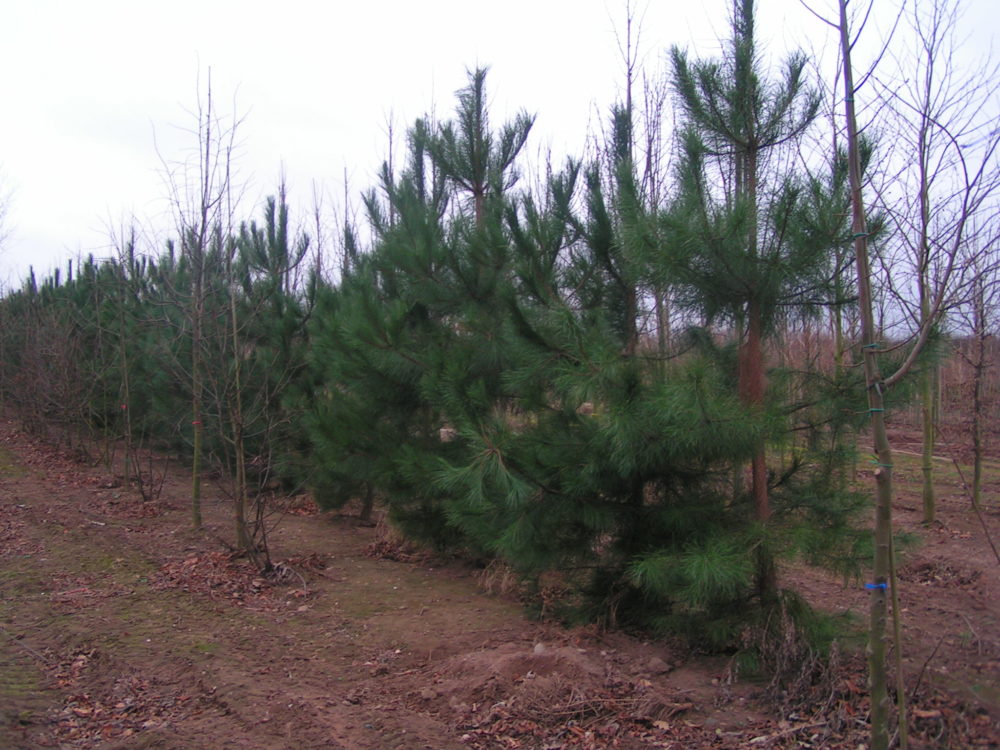A new research report highlighting the qualities of timber from Scots pine and promoting its greater use has been published by Forest Research (FR) and the Forestry Commission.
Authored by FR’s Dr Paul McLean, who specialises in functional biomechanics of trees, biometrics and the growth of trees for forest products, the report is aimed at forest scientists, engineers, wood processors and end users of wood products. It covers distribution of Scots pine, wood properties and uses of Scots pine, and suitability for different end products.
The report collates and synthesises research into the silviculture, the mechanical properties and use of Scots pine timber in Great Britain, and intends to promote greater use of the only UK-native conifer species that is grown for timber.
Andy Leitch, Timber Development Policy Advisor with FCS said;
“Scots pine is the second most abundant conifer grown in the UK. Around 600 000 m3 of Scots pine is harvested annually in Great Britain, approximately two-thirds of which is in Scotland.
“It can thrive on dry sites, it has more durable heartwood than other conifers and its clearwood mechanical properties are better than those of Sitka and in some cases can match those of Scandinavian grown Scots pine. It’s unique properties and qualities make it a highly versatile and adaptable timber that can be used in a wide range of applications.
“As a home-grown timber, it’s one of our best and the report details its qualities and strengths – but it also notes the weaknesses and highlights the fact that there is potential for us to both improve and make much more of our Scots pine resource.”
Scots pine has more favourable mechanical properties than some other conifers and, because of its durability and dimensional stability can be enhanced through industrial processes. It has the potential to be a utilised effectively to manufacture added value engineered wood products.
Although its relatively higher resin content makes Scots pine less desirable for pulping than spruces, it could potentially make it a desirable feedstock for bio-refining.
Printed copies of the report cost £10 each and are available from FC Publications. For order information or to view and download a PDF version of the report (stock code FCRP029), go to www.forestresearch.gov.uk/publications



